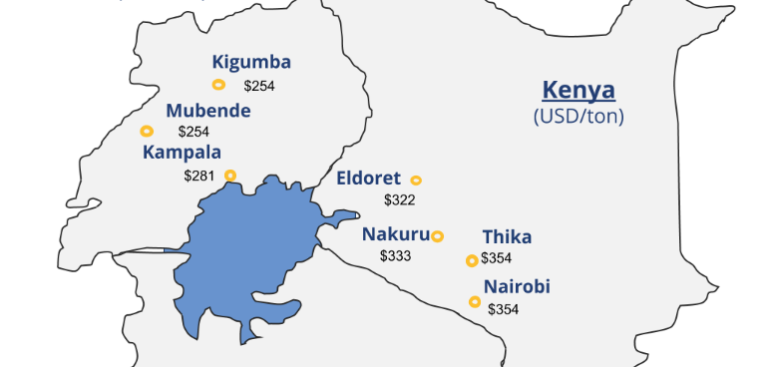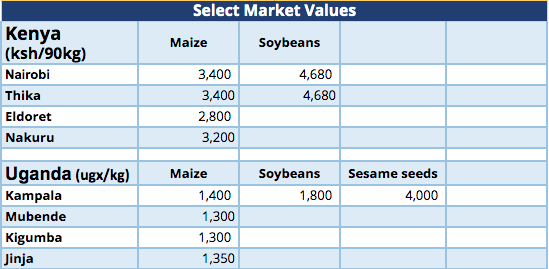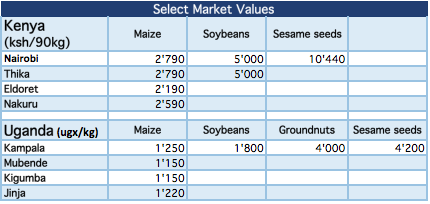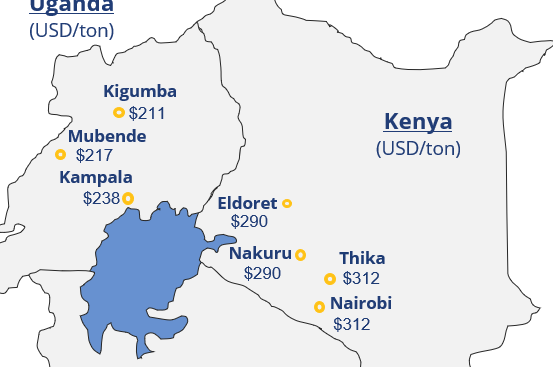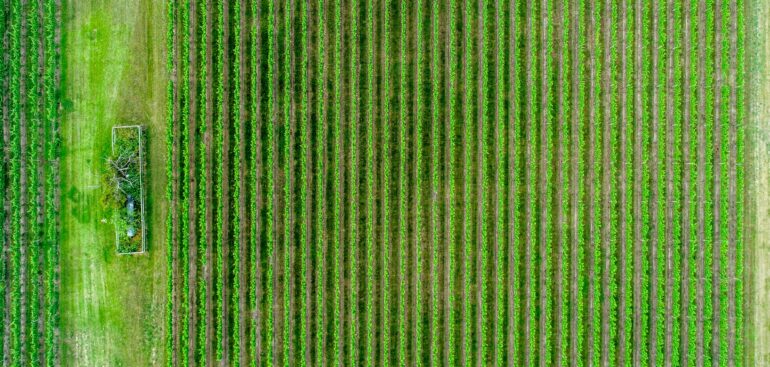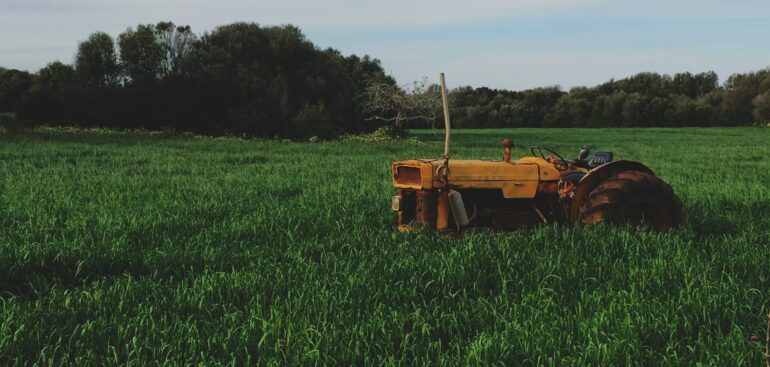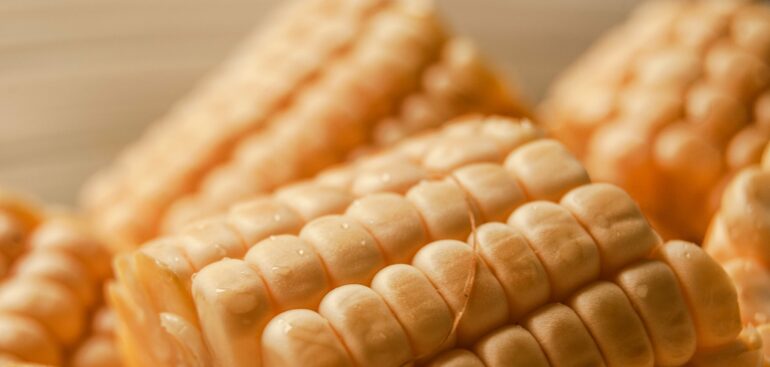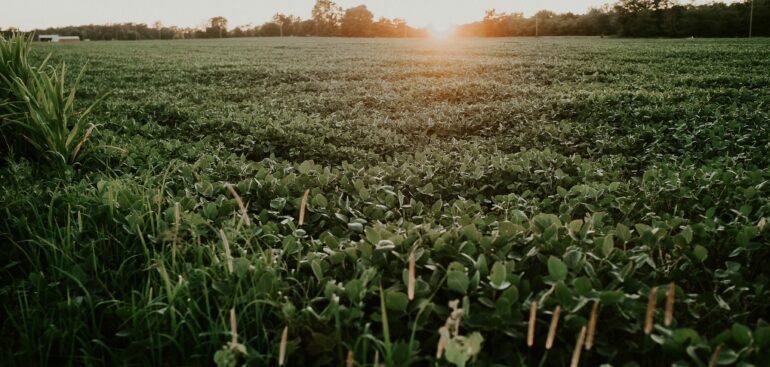The United Nations warned that Zimbabwe faced another poor harvest in 2020 because of patchy rains, compounding problems for millions of people already grappling with a drought and the worst economic crisis in a decade.
Koppert Biological Systems (Kenya) has won the tender to distribute Aflasafe – a chemical that is used to suppress aflatoxin in grains. The firm, headquartered in Netherlands with a subsidiary in Kenya, won the tender through competitive bidding conducted by Kenya Agricultural Livestock and Research Organisation (Kalro).
The Association of Kenya Animal Feed Manufactures (Akfema) want the government to open the window for duty-free imports of yellow maize to avert price escalation. Prices of animal feeds have gone up by as high as Sh500 a bag across all products.
Heavy rains pounding most parts of the country have delayed harvesting of maize in the North Rift, Kenya’s breadbasket, in what could worsen the national food security situation.
Grain and pulses prices remained flat over the past two weeks with maize within the 3,000 Ksh/90kg range as imports from Uganda and Tanzania arrived in markets. The NCPB is selling stores to millers at 2,700 Ksh/90 Kgs bag while procuring maize from the current harvesting season.
Pulses and Maize prices have stabilized in the last weeks due to the onset of harvesting of the pulses and imports of maize from Tanzania and Uganda respectively. This has also been bolstered by the release of more maize from the Strategic Food Reserve. While they currently stabilized, there could be pressure to break below ksh 3,000 in the next week or two.
Maize prices are set to ease after the beginning of harvest in parts of South Rift and western Kenya and with the national strategic food reserve set to release additional maize to the millers. In additional, animal feeds millers have been given permission to import 2.5 Million tonnes of yellow maize, a key ingredient in animal feed. This should ease competition for the white maize among maize flour millers.
After the duty free maize import period was cancelled by the agriculture minister, the price jumped sharply, by an average of Kshs 200 per 90kg bag for the farmers who still have inventory to sell.
This year’s harvest will begin next month, and most farmers are anticipating a good price despite a bumper harvest, as the country will need to refill depleted reserves.
This would depend on the legal status of Ugandan and Tanzanian imports, however, as their harvests are expected to come just before Kenya’s, and a surge in imports could depress prices.
In an attempt to steady markets amid supply concerns, the Kenyan National Cereals and Produce Board has been distributing reserve maize to millers at Ksh 2,300 per 90 Kg bag. As maize stocks in the strategic food reserve dwindle, however, maize flower prices have risen to Ksh 124 Per 2 Kg packet, with buyers and sellers pricing-in the potential of future shortages.
Maize prices continue to fluctuate and are currently trading at UGX 1,150 per kg in the Kampala area as traders await the middle of July when the new crop will enter the market and should lower price points. Some soybean growing areas, especially the Busoga region in Eastern Uganda, have begun harvesting but high moisture content has eased the price to UGX 1,800 per kg. Tanzanian and Malawi soybeans are coming into Uganda at between UGX 1,900 per kg and UGX 2,000 per kg. Sesame seeds will also be harvested next month but traders have been advised to purchase early to avoid shortages and high prices in the Lira area. Sesame seeds are currently trading at UGX 6,000 per kg in Lira and Mombasa rates are currently at USD 1,450 per metric ton.

